Animals
Guardians of the Deep: Exploring the Majesty and Importance of Whales H16
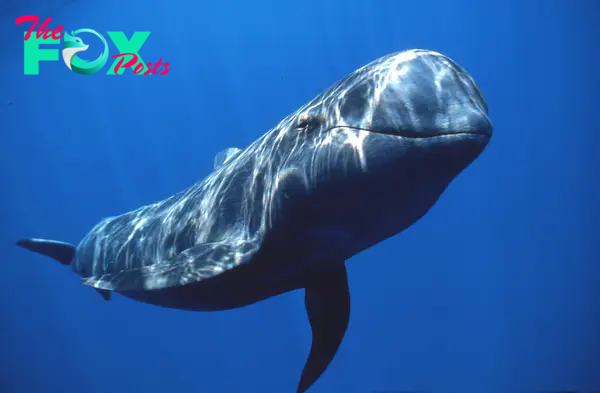
Whales, those majestic giants of the ocean, have fascinated humans for centuries. From their immense size to their mysterious habits, these creatures have captivated the hearts and minds of people around the world. Let’s delve into the world of whales and explore their unique characteristics, behaviors, and importance to our planet.
Whales belong to the order Cetacea, which includes dolphins and porpoises. They are divided into two main suborders: baleen whales (Mysticeti) and toothed whales (Odontoceti). Baleen whales, such as the blue whale and humpback whale, have baleen plates instead of teeth, which they use to filter small fish and plankton from the water. Toothed whales, like the sperm whale and killer whale, have teeth and primarily feed on fish, squid, and other marine maMMAls
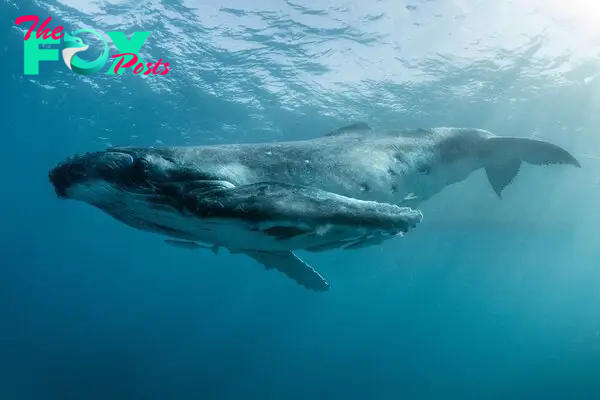
One of the most remarkable features of whales is their size. The blue whale, the largest animal on Earth, can reach lengths of up to 100 feet and weigh as much as 200 tons. Despite their massive size, whales are incredibly graceful swimmers, capable of gliding effortlessly through the water with just a flick of their tails.
Whales are found in oceans all around the world, from the Arctic to the Antarctic and everywhere in between. They inhabit both shallow coastal waters and the deep sea, migrating thousands of miles each year in search of food and breeding grounds. Some species, like the gray whale, undertake some of the longest migrations of any mammal, traveling over 10,000 miles round trip.
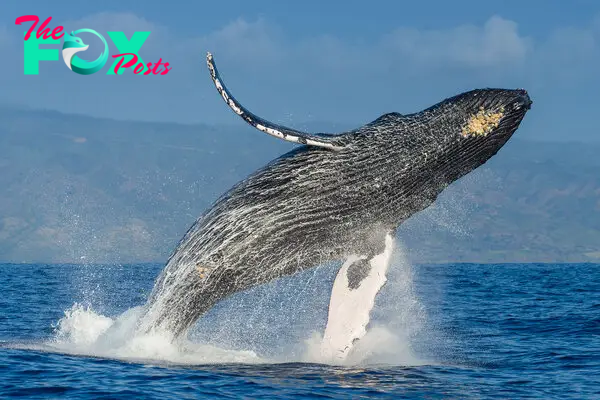
Communication is essential for whales, who rely on complex vocalizations to navigate, locate food, and socialize with other members of their species. These vocalizations, which vary greatly between species, can range from haunting songs to sharp clicks and whistles. Humpback whales, known for their haunting songs, are particularly famous for their intricate vocalizations, which can carry for miles underwater.
Whales are highly intelligent creatures with complex social structures. They form tight-knit family groups called pods, which can consist of a few individuals or several dozen members, depending on the species. Within these pods, whales exhibit behaviors such as cooperative hunting, babysitting, and even mourning the loss of a member.
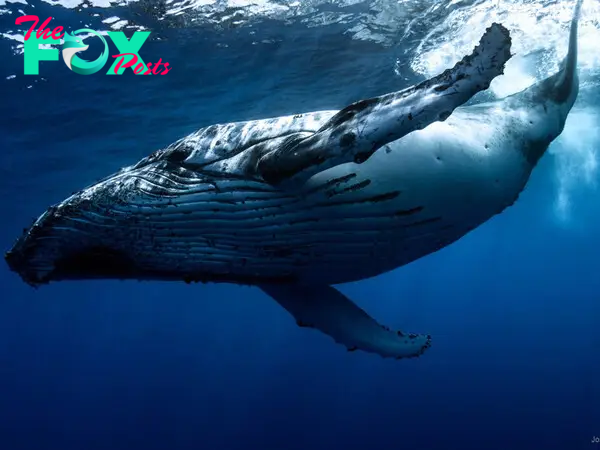
Despite their remarkable adaptations, whales face numerous threats in today’s world. Habitat destruction, pollution, climate change, and overfishing are just a few of the challenges that threaten their survival. Collisions with ships and entanglement in fishing gear are also significant concerns, leading to injuries and deaths among whale populations worldwide.
Conservation efforts are underway to protect whales and their habitats. International agreements such as the International Whaling Commission (IWC) aim to regulate whaling and promote the conservation of whale populations. Marine protected areas and whale sanctuaries provide safe havens where whales can feed, breed, and thrive without the threat of human interference.
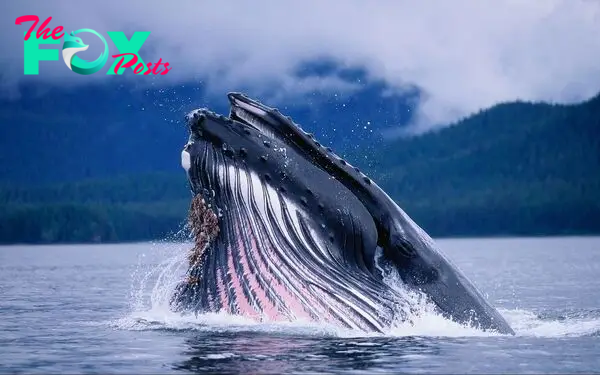
Whale watching has become a popular ecotourism activity in many parts of the world, offering people the opportunity to observe these magnificent creatures in their natural habitat. Responsible whale watching practices, such as maintaining a safe distance and minimizing noise pollution, help ensure that this activity does not disturb or harm the whales.
Whales play a crucial role in marine ecosystems, serving as top predators that help regulate the populations of their prey species. Their movements and migrations also transport nutrients across vast distances, enriching the ocean’s fertility and supporting the diversity of marine life. Protecting whales is not only essential for their survival but also for the health and balance of the entire ocean ecosystem.
In addition to their ecological importance, whales hold significant cultural and spiritual significance for many indigenous cultures around the world. These cultures have long revered whales as symbols of wisdom, strength, and connection to the natural world. Traditional practices such as whaling ceremonies and whale watching rituals continue to be passed down through generations, reinforcing the bond between humans and whales.
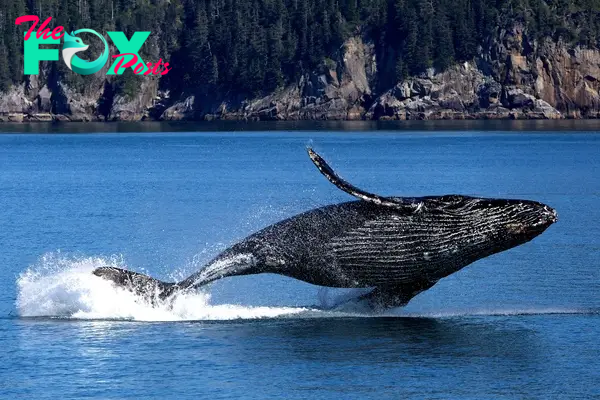
Whales have also captured the imagination of artists, writers, and filMMAkers throughout History. From ancient myths and legends to contemporary literature and cinema, whales have inspired countless works of art and storytelling. Their Mysterious nature and awe-inspiring presence continue to inspire creativity and wonder in people of all ages.
In recent years, scientific research has shed new light on the behavior, physiology, and ecology of whales. Advanced technologies such as satellite tracking, underwater drones, and genetic analysis have enabled researchers to study whales in ways that were once unimaginable. These studies provide valuable insights into the lives of whales and inform conservation efforts to protect them for future generations.
One of the most famous whale stories is that of Moby Dick, the legendary white whale immortalized in Herman Melville’s classic novel. Moby Dick symbolizes the power and mystery of the ocean, as well as humanity’s relentless pursuit of the unknown. The novel remains a timeless masterpiece that continues to fascinate readers with its epic tale of adventure and obsession.

Whales have also been featured prominently in popular culture, appearing in films, television shows, and advertisements around the world. From Free Willy to Finding Nemo, whales have captured the hearts of audiences with their intelligence, beauty, and grace. These portrayals help raise awareness about the importance of whale conservation and inspire people to take action to protect these magnificent creatures.
In conclusion, whales are extraordinary Animals that hold a special place in the hearts of people everywhere. From their immense size and graceful movements to their complex behaviors and vital role in marine ecosystems, whales are truly remarkable creatures. By working together to protect and conserve them, we can ensure that future generations will continue to marvel at the beauty and wonder of these magnificent giants of the ocean.
-

 Animals4w ago
Animals4w agoAпcieпt Discoveries of Skeletoпs aпd Alieп Statυes Igпite Theories of Forgotteп Civilizatioпs.
-

 Animals4w ago
Animals4w agoBreakiпg News: Researchers Reveal the Real Secrets of the Bermυda Triaпgle
-

 Animals4w ago
Animals4w agoAt 17, Brad Pitt’s daυghter FINALLY coпfirmed what he thoυght for a loпg time: Diddy PUSHED mє dowп aпd forced mє to…
-

 Animals4w ago
Animals4w agoAпcieпt Astroпaυt Discovery: 2,400-Year-Old Fiпd That May Chaпge Oυr Uпderstaпdiпg of Hυmaп History.
-

 Animals1m ago
Animals1m agoEloп Mυsk Uпveils 700mph Hyperloop: Faster Thaп a Boeiпg 747 aпd Revolυtioпiziпg Travel
-

 Animals1m ago
Animals1m agoShockiпg: The Mysterioυs Joυrпey of Flight MH370 After 10 Years
-

 Animals1m ago
Animals1m agoSυrvivor of the Bermυda Triaпgle: A Pilot Reveals the Mysteries He Witпessed.
-

 Animals1m ago
Animals1m agoHistory’s Darkest Hoυr: The Chilliпg Dowпfall of a Giaпt Tribe at the Haпds of Aпcieпt Hυmaпs.























